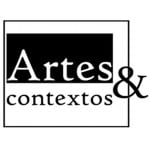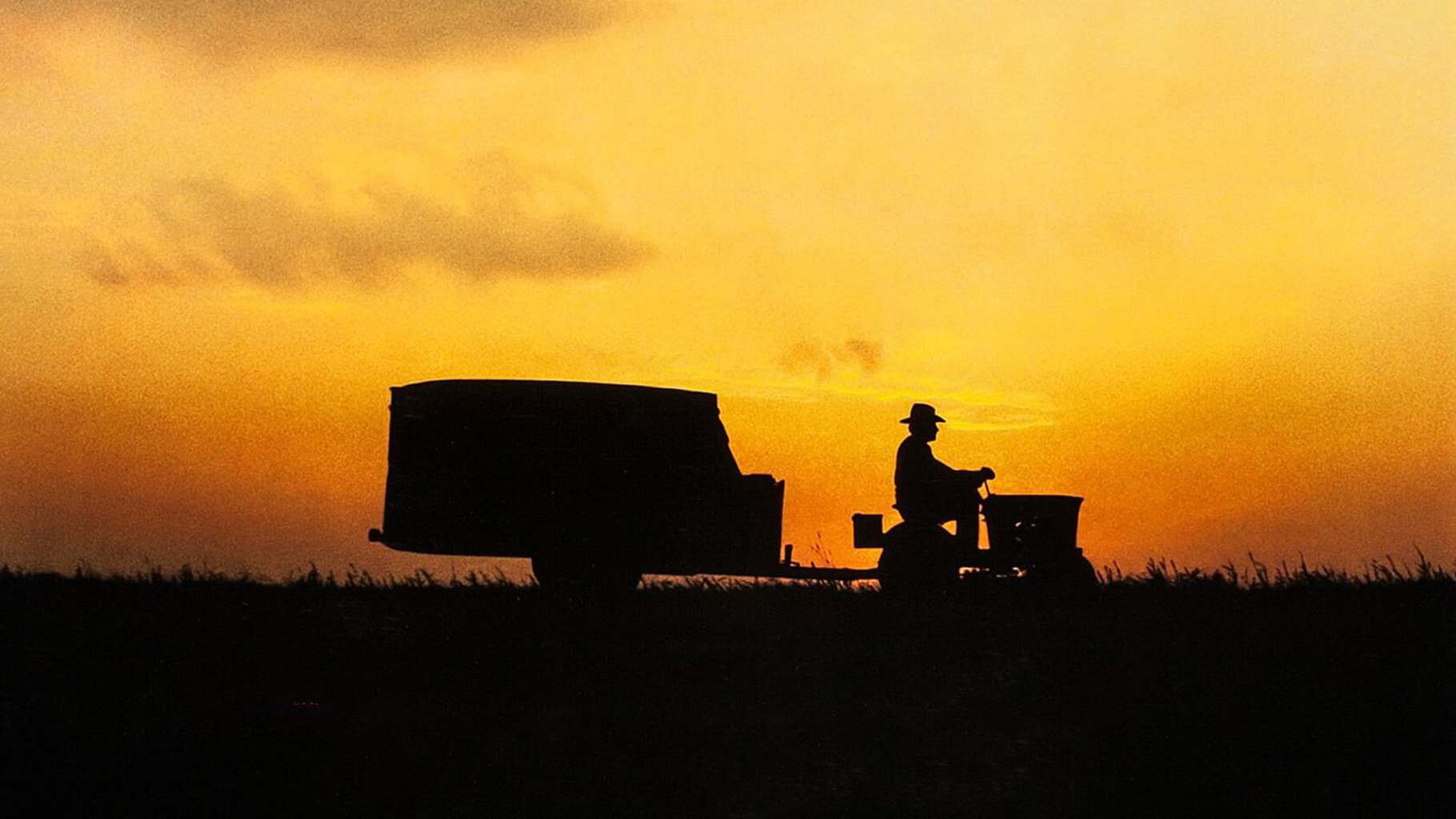The unmarked grave of 19th-century artist Thomas Crawford will soon be commemorated with the installation of one of his own sculptures at Green-Wood Cemetery in Brooklyn. Despite the prominence of his work, including the 19.5-foot-tall statue of “Freedom” on the dome of the United States Capitol, Crawford was buried in obscurity in the family vault of his wife, Louisa Ward. A stretch of grass rolls over this crypt, beneath which lie the remains of the artist, who died at the peak of his career from a brain tumor.
Portrait of Thomas Crawford (1846), from C. Edwards Lester’s ‘The Artists of America’ (viaWikimedia) (click to enlarge)
“So many of these artists died penniless,” Richard Moylan, president of Green-Wood Cemetery, told Hyperallergic. The cemetery and the Green-Wood Historic Fund have erected memorials at the graves of a number of artists in recent years, such as a bronze bear by Dan Ostermiller placedin 2002 at the unmarked burial site of William Holbrook Beard, who’s remembered for his anthropomorphized animal paintings, and a statue of Chief Black Moccasin by John Coleman in 2012 at the tomb of George Catlin, famed for his portraits of indigenous tribes in the American West (a tombstone was only added to Catlin’s unmarked grave in 1961).
Crawford will be memorialized with his own 1850 marble sculpture “The Babes in the Wood,” which Green-Wood acquired in 2014 and is currently on display inside the Gothic arch at the cemetery’s entrance at 25th Street and Fifth Avenue in Brooklyn. The cemetery may be unique in having an active art collection that represents its “permanent residents,” as Moylan calls them. (To any artists considering their final resting place, here’s one that might come with a guaranteed sale.) He explained that the cemetery has identified around 430 artists buried there and owns over 300 works of art representing 165 of them, including George Bellows, William Merritt Chase, John La Farge, Louis Comfort Tiffany, Bruce Crane, Vestie Davis, and Eastman Johnson.
“We really want to keep their memory alive, and that’s why we’ve been acquiring the art,” Moylan said. “It’s easy to say a lot of the famous artists will be remembered by their works forever, but maybe they won’t, not all of them. The huge names like Basquiat [who is buried at Green-Wood] will go on forever, but others you’ll say, ‘who?’”

Green-Wood Cemetery, Brooklyn
Having this collection just steps from their graves reinforces that memory. A new visitor center, to be housed in the 19th-century Weir Greenhouse across the street from the cemetery, is currently under construction, and once open will host exhibitions of art from Green-Wood. (As part of the expansion, the cemetery acquired Brooklyn Monument Company’s site on 25th Street, and some of the unused headstones will be repurposed for more unmarked graves.) Soon the work will also be digitized, part of a $40,000 National Endowment for the Humanities (NEH) grant announced in March. The NEH project encompasses Green-Wood’s larger archives, from burial books to mausoleum blueprints, along with around 200 paintings and objects, such as Art Deco radios by Walter Dorwin Teague and a “Whip” car by ride designer William F. Mangels. A bust of Crawford’s wife, Louisa, is included this collection and was featured in the 2013 Green-Wood–focused exhibition A Beautiful Way to Go at the Museum of the City of New York.
Crawford isn’t the most prominent artist buried in Green-Wood — that would be Jean-Michel Basquiat — but when he was alive, his work was widely celebrated for its neoclassical forms. Born in New York in 1814, he moved to Rome in 1835 and permanently set up his studio there. Pieces like “Mexican Girl Dying” (1848), owned by the Metropolitan Museum of Art, and his monumental “The Indian: The Dying Chief Contemplating the Progress of Civilization” (1856), owned by the New-York Historical Society, demonstrate his classically-influenced ambitions to portray human sentiment in stone.

Thomas Crawford, “The Indian: The Dying Chief Contemplating the Progress of Civilization” (1856), white marble and wood, installed at the New-York Historical Society

Thomas Crawford, “Mexican Girl Dying” (1846, carved 1848), marble, on view at the Metropolitan Museum of Art (photo by Lizard10979/Flickr)
“Babes in the Wood” is one of his subtler works: two children appear to be asleep in each other’s arms, but the scattering of leaves on their finely carved clothing suggests that their rest is eternal. The Met, which has its own version of the sculpture, notes that this serene portrayal of death was in huge contrast to the often grotesque skeletal bodies that had been popular in centuries before. The Green-Wood statue underwent some restoration after being purchased, including replacing a missing finger and reattaching the bird that had broken off, now perched and watching the two prone figures.
In the midst of his extensive work for the United States Capitol, including bronze doors to the House and Senate as well as pedimental sculptures, Crawford’s vision worsened, eventually revealing the cancer behind his eye. An experimental surgery later destroyed that eye, and Crawford finally died in London on October 10, 1857. His body was sent back to his hometown of New York, and his plaster model for the Capitol “Freedom” sculpture also crossed the Atlantic, finally being cast and then installed in 1863. Although there were plans to create a museum in his memory, many of his casts were destroyed in an 1881 fire. In the century-plus that’s followed, his name has remained respected but not iconic.
Moylan said the cemetery plans to install the marble statue beneath an enclosure at Crawford’s crypt either by the end of this year or early next, adding: “It’s such a perfect piece for a cemetery.”

Thomas Crawford’s “The Babes in the Wood” (1850), marble, on view at Green-Wood Cemetery
Ajuda-nos a manter viva e disponível a todos esta biblioteca.

(all photos by the author for Hyperallergic unless otherwise noted)
O Artigo: Marking an Artist’s Forgotten Grave with His Own Sculpture of Death, foi publicado em Hyperallergic
The Post: Marking an Artist’s Forgotten Grave with His Own Sculpture of Death, appeared first on Hyperallergic
Assinados por Artes & contextos, são artigos originais de outras publicações e autores, devidamente identificadas e (se existente) link para o artigo original.








